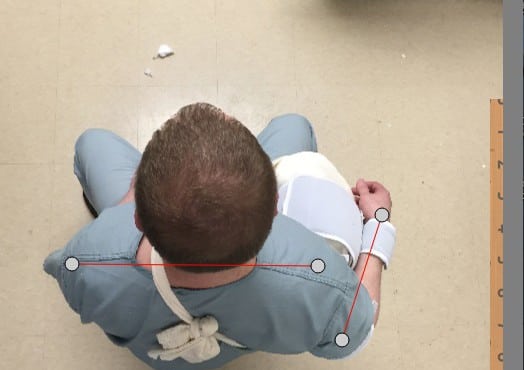Discourse on Integrating Emergency Care and Population Health
Discourse in Emergency Medicine and Population Health
Reply to Comments Regarding “Using Lean-Based Systems Engineering to Increase Capacity in the Emergency Department”
Westjem Read More
Discourse in Emergency Medicine and Population Health
Simulation for Professionals Who Care for Bariatric Patients: Some Unanswered Questions
WestJEM Read More
Discourse in Emergency Medicine and Population Health



